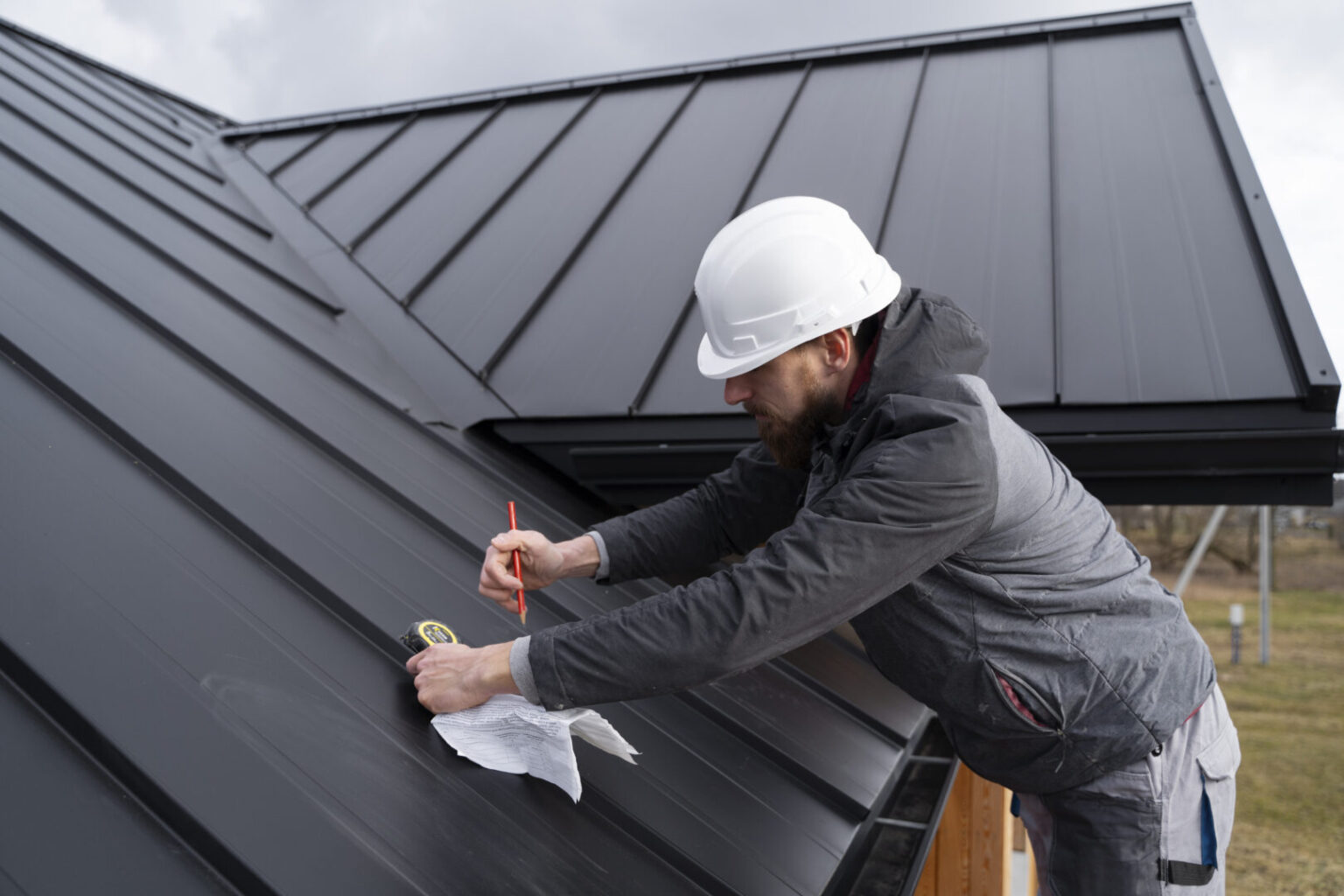Emergency Roof Repair: A Quick Guide to Protect Your Home

Your roof is the first line of defense against the elements, and when it’s compromised, immediate action is critical. Whether due to storms, fallen trees, or unexpected leaks, emergency roof repair can save your home from extensive damage. Here’s a guide to help you understand when and how to address roofing emergencies and the steps you should take to protect your property.
Common Causes of Roofing Emergencies
Roofing emergencies can arise from a variety of causes, including:
- Severe Weather: Strong winds, hailstorms, and heavy rain can cause shingles to loosen or even blow off, exposing your roof’s underlayment.
- Fallen Trees or Branches: During storms, large branches or entire trees can fall onto your roof, causing significant structural damage.
- Leaks: Sudden water infiltration, whether from damaged flashing or worn shingles, can lead to indoor leaks, putting your home’s interior at risk.
- Age-Related Wear and Tear: Even well-maintained roofs eventually succumb to the effects of time. Deteriorating materials can lead to leaks or collapses.
Signs You Need Emergency Roof Repair
Knowing the signs of a roofing emergency can help you take immediate action before the damage worsens. Here are some warning signals:
- Missing or Loose Shingles: If shingles are visibly missing or flapping in the wind, your roof’s integrity is compromised.
- Water Leaks: Moisture stains on your ceiling, walls, or attic indicate a roof leak, requiring urgent attention.
- Sagging Roof: A drooping roofline may signal structural damage, which could result in a roof collapse.
- Gutter Issues: Clogged or damaged gutters can prevent water from draining properly, leading to leaks and roof damage.
Immediate Steps to Take During a Roofing Emergency
If you suspect or discover roof damage, acting quickly can minimize the potential for further issues. Follow these steps:
- Assess the Situation: Safety is your top priority. Before taking any action, ensure it’s safe to be near or inside the home. Avoid entering areas that show signs of structural failure, such as sagging ceilings or large cracks.
- Temporary Fixes: If a leak is present and water is entering your home, place buckets or tarps to catch the water and prevent interior damage. Use waterproof tarps to temporarily cover areas of the roof that are exposed to prevent further moisture penetration.
- Call a Professional Roofer: Contact a licensed emergency roof repair service immediately. Roofing experts can assess the extent of the damage and provide a temporary or permanent solution based on the situation.
- Document the Damage: Take photos and notes of the damage to your roof and any affected areas inside your home. This documentation can help with insurance claims and ensure you receive proper compensation for repairs.
Importance of Hiring Professional Roofers
While it might be tempting to handle roof repairs yourself, especially in an emergency, it’s crucial to hire a professional roofer. Here’s why:
- Safety: Roofing work can be dangerous, particularly in unstable conditions. Professionals have the necessary safety equipment and expertise to manage the job without risking injury.
- Proper Diagnosis: A trained roofer can accurately diagnose the damage and determine if it’s a surface-level issue or a sign of deeper structural problems.
- Quality Repairs: Quick fixes can lead to long-term issues. Professionals ensure that any temporary or permanent repairs are done correctly, preventing further damage down the line.
Preventive Measures to Avoid Future Emergencies
After handling the immediate emergency, it’s important to take steps to avoid future problems. Here are a few preventive measures:
- Regular Inspections: Schedule routine roof inspections to catch potential issues early, such as loose shingles, damaged flashing, or clogged gutters.
- Maintain Trees Near Your Home: Trim branches that overhang your roof to prevent them from falling during storms.
- Gutter Maintenance: Keep gutters clear to ensure proper drainage, which can prevent water buildup and leaks.
Conclusion
Roofing emergencies are stressful, but prompt action and the help of a professional can prevent further damage. Understanding the causes of roofing emergencies and knowing how to respond can make a big difference when disaster strikes. If you ever find yourself in need of emergency roof repair, don’t hesitate to contact a professional roofer to safeguard your home.